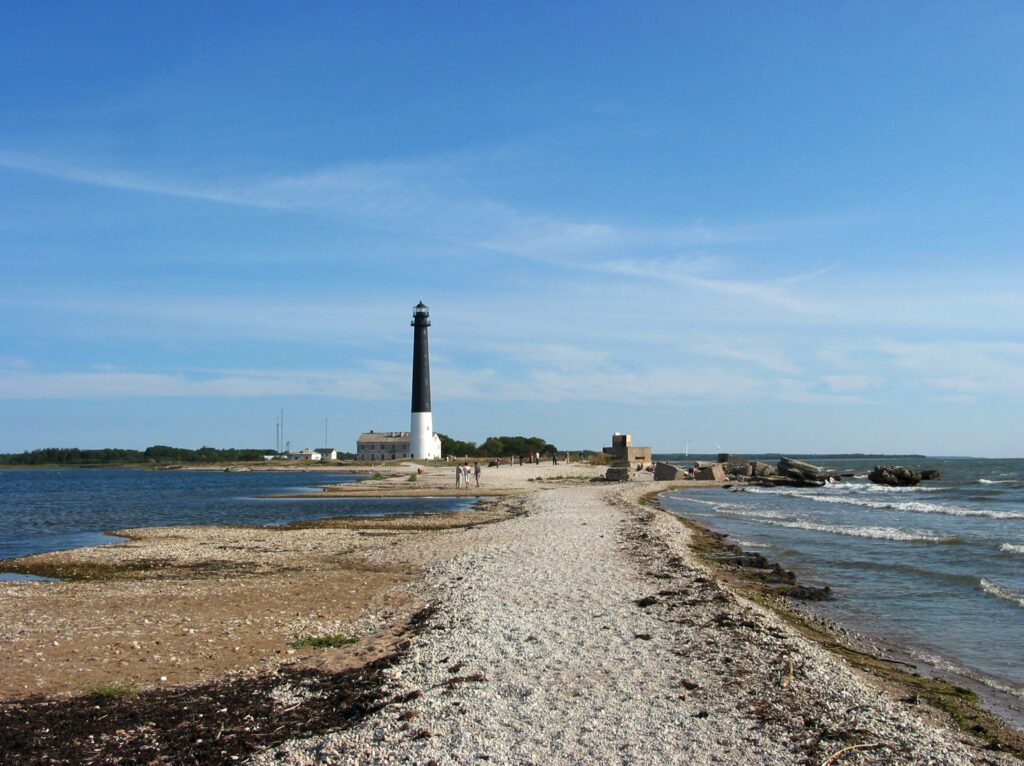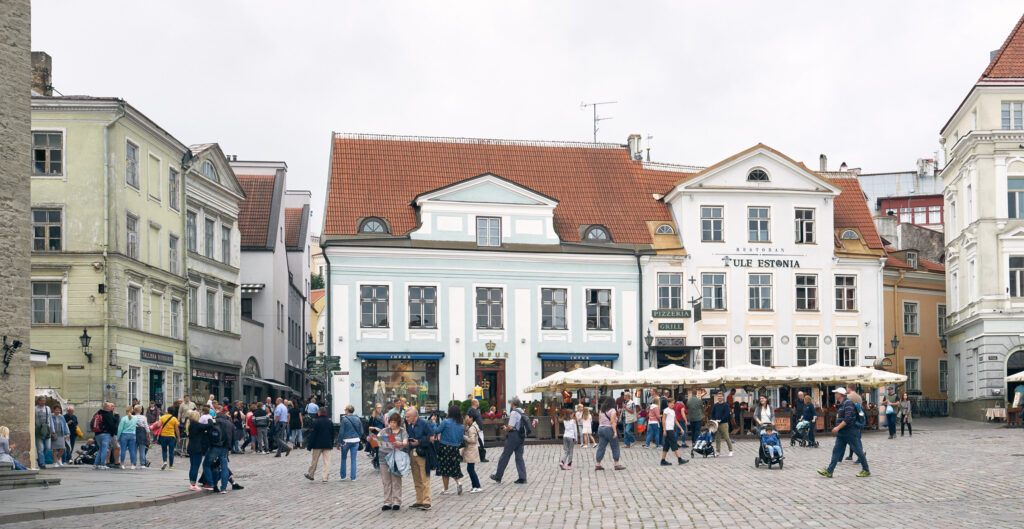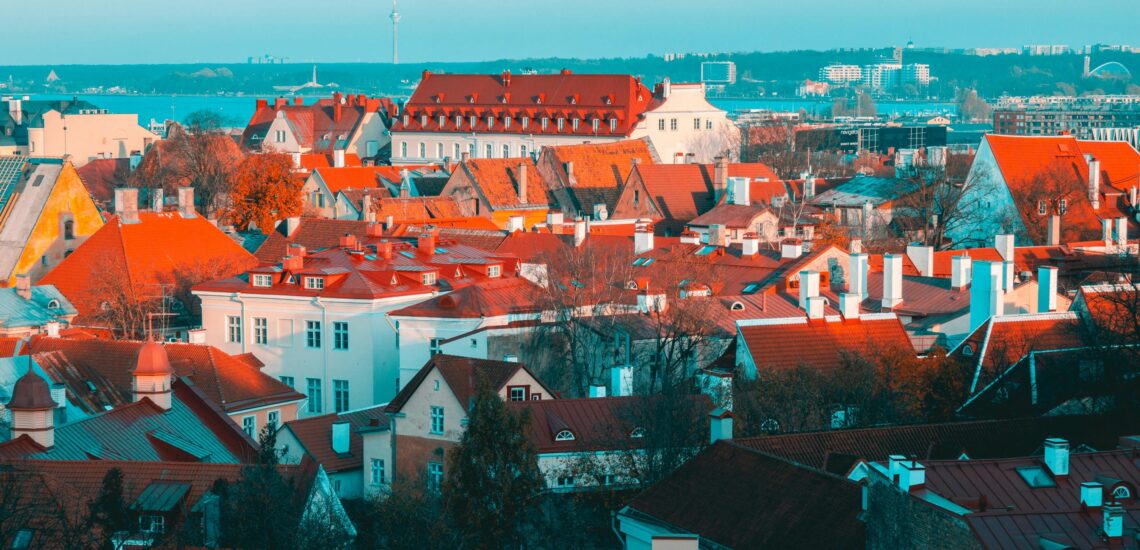Quick facts about Estonia:
- Capital: Tallinn
- Population: Approximately 1.3 million
- Official Language: Estonian
- Government: Parliamentary republic
- Currency: Euro (EUR)
1 Fact: Estonia is one of the least religious countries
While precise statistics may vary, surveys and studies consistently indicate a notable trend of secularism in Estonia. According to Eurobarometer surveys, a significant proportion of the Estonian population identifies as non-religious, with atheists or those not affiliated with any religion constituting a considerable segment. In recent years, the percentage of people claiming no religious affiliation has been notably high, often exceeding 70% or more. These figures underscore Estonia’s status as one of the least religious countries globally.

2 Fact: There are many startups in Estonia that have become Unicorns
Estonia has emerged as a hotbed for startups, with several achieving Unicorn status—valuation exceeding $1 billion. Notable Estonian unicorns include TransferWise (now Wise), a fintech disruptor revolutionizing international money transfers; Bolt, an innovative ride-sharing and mobility services platform; and Playtech, a major player in the online gambling and financial trading software sector. Estonia’s conducive business environment, tech-savvy population, and supportive policies have fostered a thriving startup ecosystem, making it a noteworthy player in the global tech arena.
3 Fact: In Estonia, almost 100% of government services can be obtained online
Estonia is a trailblazer in e-governance, with nearly 100% of government services accessible online. The country’s innovative digital infrastructure, known as e-Estonia, allows citizens and residents to conduct various governmental transactions seamlessly through digital platforms. From e-residency applications to tax filings, Estonia’s commitment to digitalization enhances efficiency, reduces bureaucracy, and showcases a progressive approach to modern governance.

4 Fact: Voting can also be done online!
Since 2005, Estonians have had the option to cast their votes in national elections using secure and user-friendly online voting systems. This pioneering approach to e-voting enhances accessibility, convenience, and civic participation, setting Estonia apart as a global leader in utilizing technology to empower its citizens in the democratic process.
5 Fact: Public transportation is free for locals in Tallinn
Tallinn, the capital of Estonia, has implemented a groundbreaking initiative where public transportation is free for its residents. Since 2013, Tallinn has offered this fare-free public transportation system, making it the first European capital to adopt such a policy. This move aims to enhance mobility, reduce traffic congestion, and promote sustainable urban living, showcasing Tallinn’s commitment to innovative and citizen-friendly solutions in public transit.

6 Fact: Tallinn’s Old Town is a UNESCO World Heritage Site
Tallinn’s Old Town, designated a UNESCO World Heritage Site since 1997, is a captivating journey through centuries of history. Dating back to the medieval era, this remarkably well-preserved quarter boasts cobblestone streets and iconic landmarks, including the imposing Toompea Castle and the enchanting Alexander Nevsky Cathedral. Established as a Hanseatic trading center in the 13th century, Tallinn’s Old Town has endured and thrived, becoming a symbol of Estonia’s cultural legacy. Today, with its inclusion in the UNESCO list, Tallinn showcases a commitment to preserving its historical treasures for future generations to explore and admire.
Note: If you are planning a visit to the country, find out if you need an International Driver’s License in Estonia to drive.
7 Fact: Estonia has more than 2000 islands
Shaped by glacial processes during the last Ice Age, these islands emerged as the glaciers retreated, leaving behind a mosaic of landmasses in the Baltic Sea. The diverse landscapes, from lush greenery to sandy shores, showcase the dynamic forces that have shaped Estonia’s geography over millennia. This abundance of islands not only adds to Estonia’s natural beauty but also provides a haven for biodiversity, making it a fascinating destination for those seeking a connection with both history and nature.

8 Fact: Estonians are closer to Finns than to other Baltic countries
Just like in Finland, Estonians love saunas. Also Estonians and Finns share a profound cultural and linguistic kinship rooted in their common Finno-Ugric heritage. This historical connection, coupled with shared traditions and similar linguistic roots, fosters a strong sense of affinity between the two nations. This bond distinguishes Estonia and Finland from the Baltic countries, creating a unique relationship that transcends geographical proximity.
9 Fact: Estonians know foreign languages well
Estonians are recognized for their adeptness in foreign languages, with a significant portion of the population being proficient in English, Russian, or other European languages. However, the Estonian language, characterized by its Finno-Ugric roots and unique linguistic features, poses a challenge for many foreigners attempting to learn it. Despite this linguistic complexity, over 90% of Estonians are reported to speak at least one foreign language, contributing to effective communication on the global stage and fostering a multilingual environment in this Baltic nation.

10 Fact: Estonia has beautiful women
Compared to its population, Estonia has a notable number of successful models. The country has contributed to the international fashion scene with models such as Carmen Kass, Tiiu Kuik and Carmen Pedaru, who have achieved worldwide recognition. The success of Estonian models has attracted attention and had a positive impact on the country’s presence in the fashion industry.

Published January 28, 2024 • 5m to read





